You've all seen a sloth before.
They're the adorable, odd-looking, fuzzy tree-dwellers in the tropical rain forests of Central and South America.
They survive largely on plants, are incredibly slow-moving, and only come down to the forest ground about once a month. Despite not coming in anyone's way, these wild creatures are increasingly facing man-made threats and dangers.
One of their greatest challenges is deforestation. Because they depend on the lush greenery to survive, deforestation has taken a great toll on their habitat and ecosystem.
Today, you'll hear of news reporting that sloths have crept out of their homes in the forests, to land in people's backyards, or to roam out on the highways.
We can thank the wildlife sanctuaries, nonprofit organizations, and rescue charities for their great work in saving the sloths, and for bringing them back to their native habitats.
Scroll down to see one particular rescued sloth's journey back into the wild, and let us know your thoughts in the comments below!
[H/T: The Dodo]
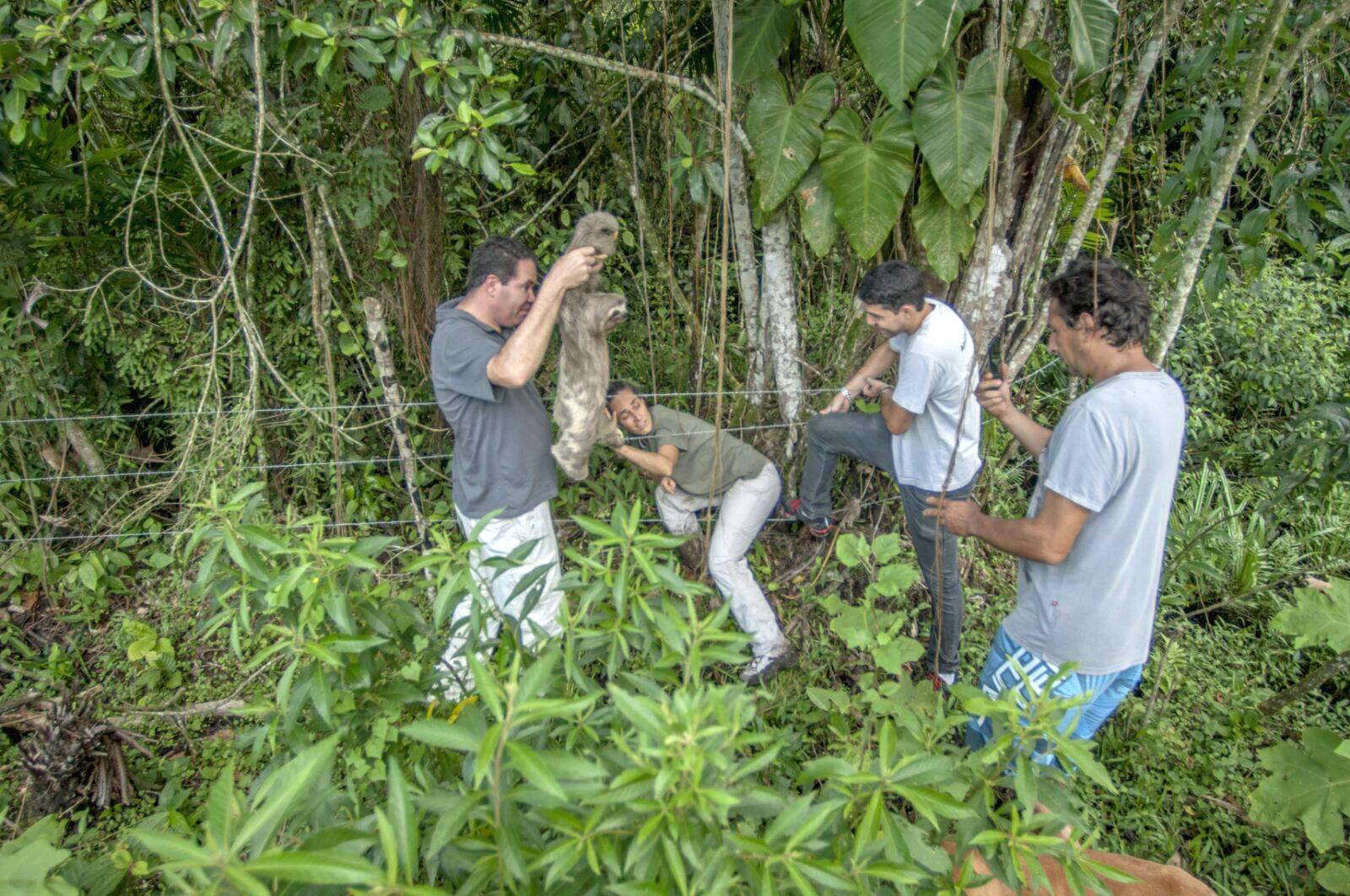
Sloths are the slow-moving, sleepy tree-dwellers from Central and South America.
These adorable animals are so inactive, that they have an exceptionally low metabolic rate, and can sleep between 15 and 20 hours a day.
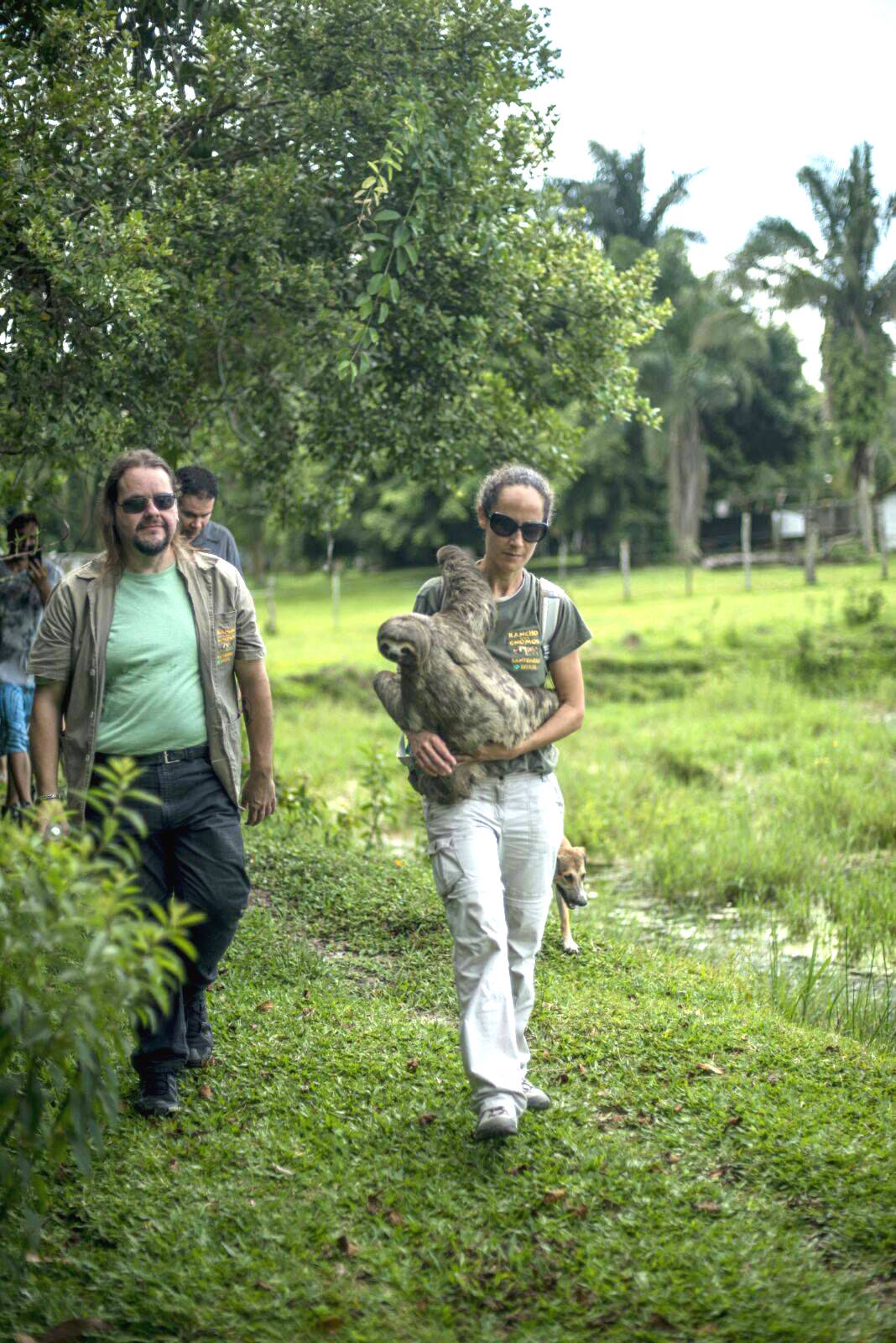
And yet, many sloths in the world are greatly endangered.
Large sloth populations are dependent on tropical rain forests, which are at the risk of deforestation.
Without these trees, sloths are quickly losing their source of shelter and food.

With fewer and fewer places to retreat to for safety, many sloths are coming down from the trees, and landing in dangerous, foreign, man-made territory.
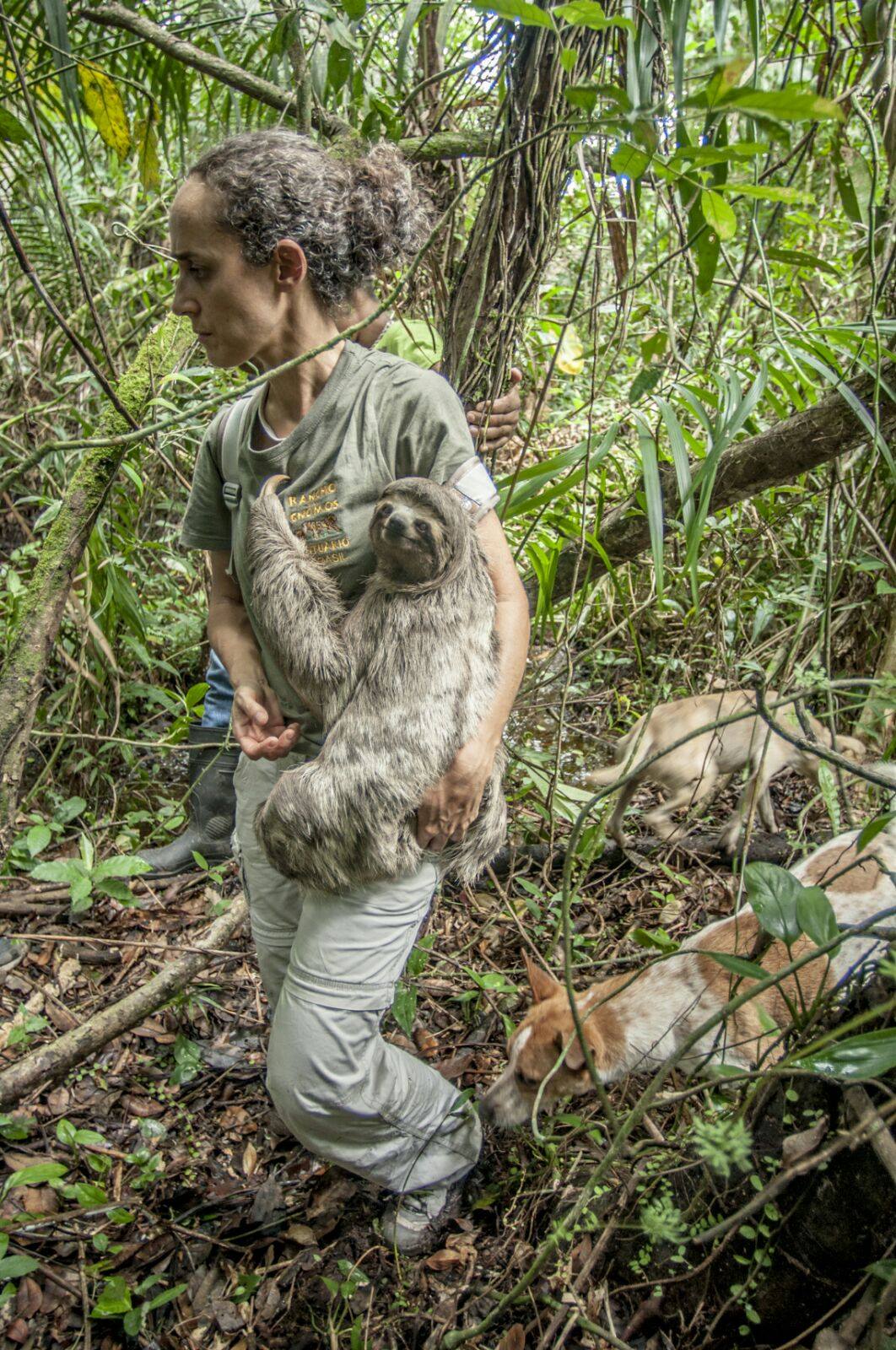
The particular sloth in this story was found by rescue workers at Brazil’s animal sanctuary Rancho dos Gnomos after he moved from the forest into a person’s backyard.
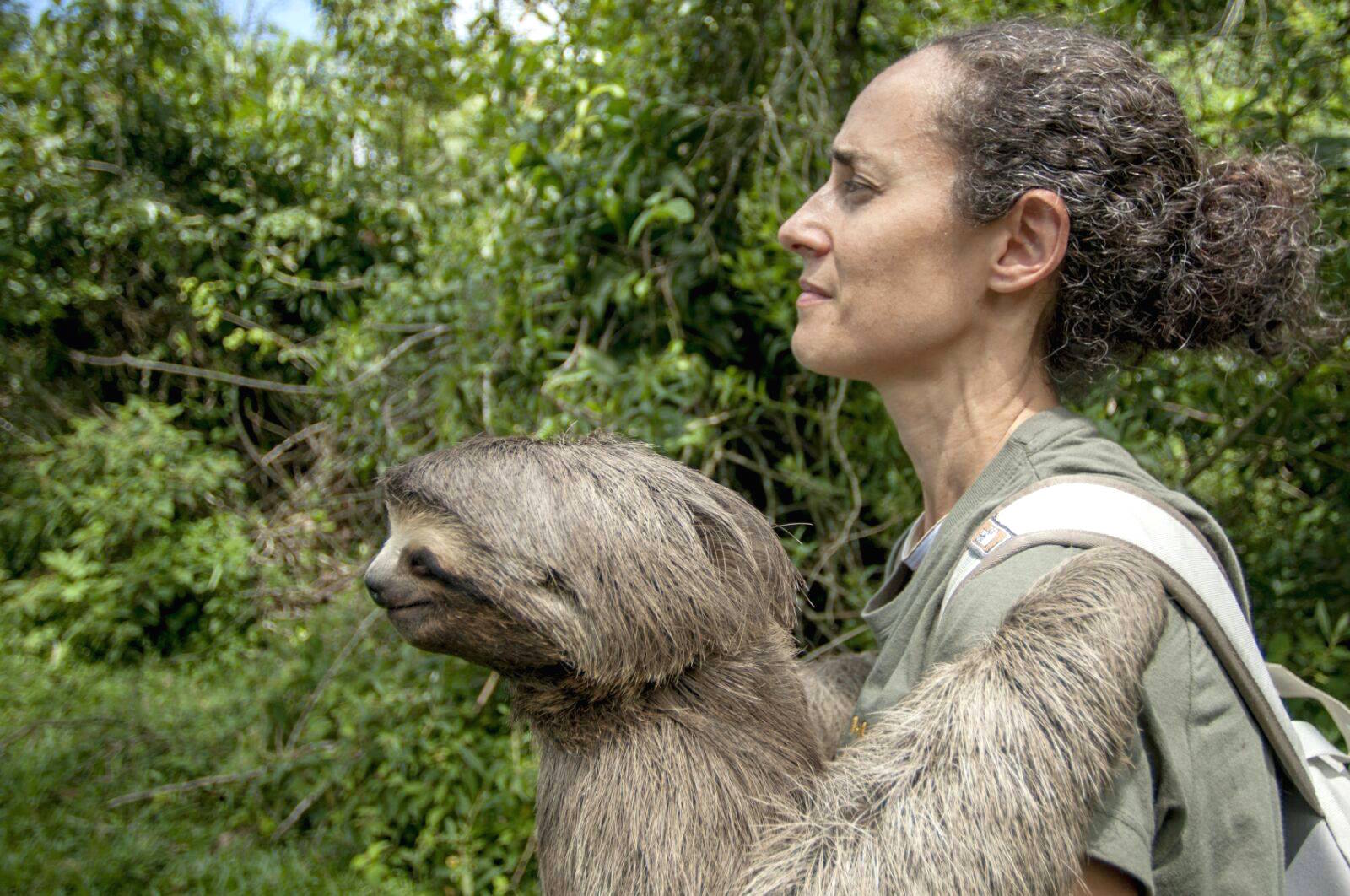
Volunteers at the animal sanctuary helped save the sloth, and recently released him back into his natural habitat.
“Following a period of testing and observation, it was found that [the sloth] was in full health,” the sanctuary wrote in a Facebook post.
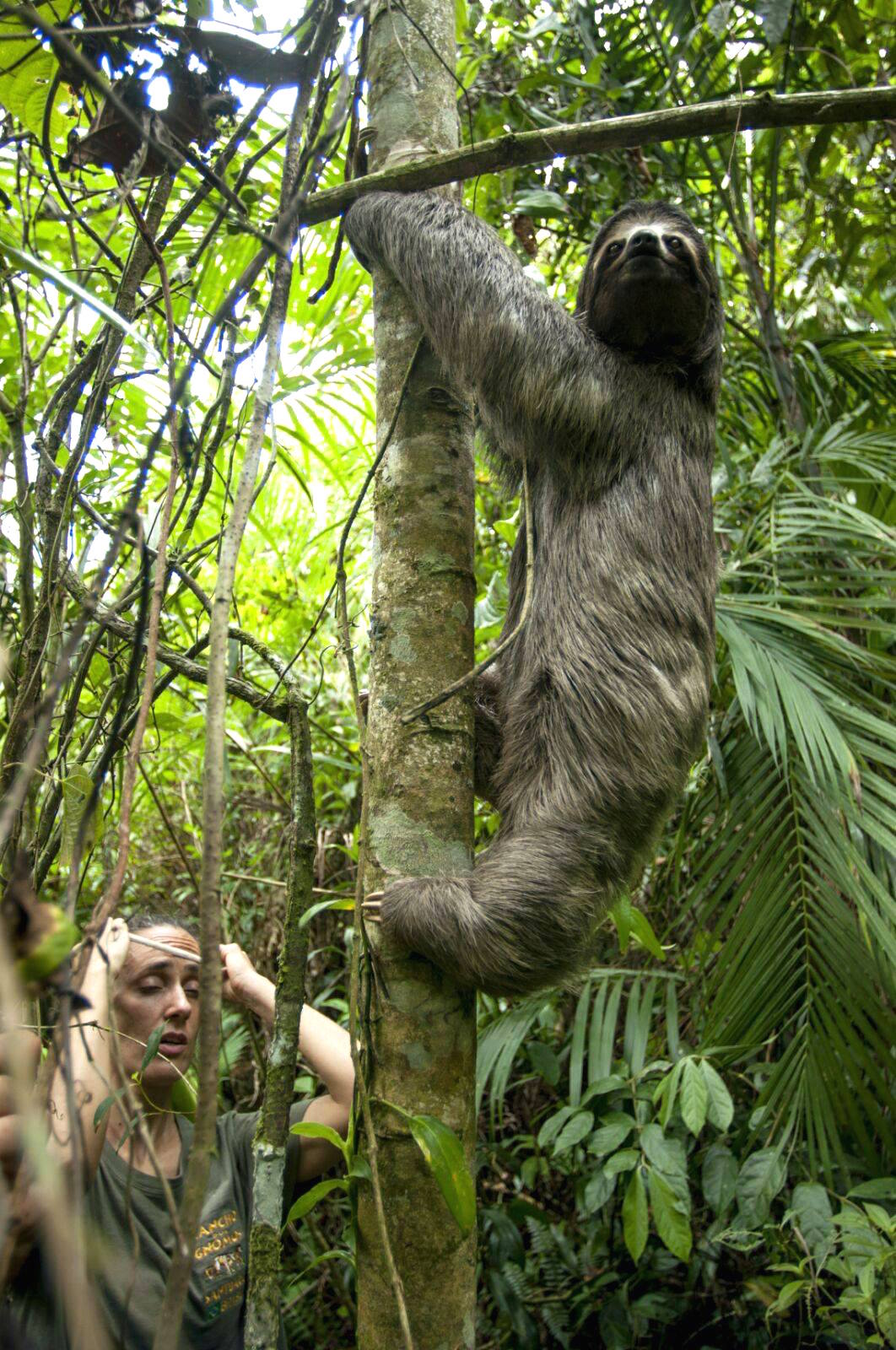
They started their trek back into the forests, and decided in the end to release the sloth carefully onto a nature reserve, so that he may have “a new chance for the cycle of live to continue.”
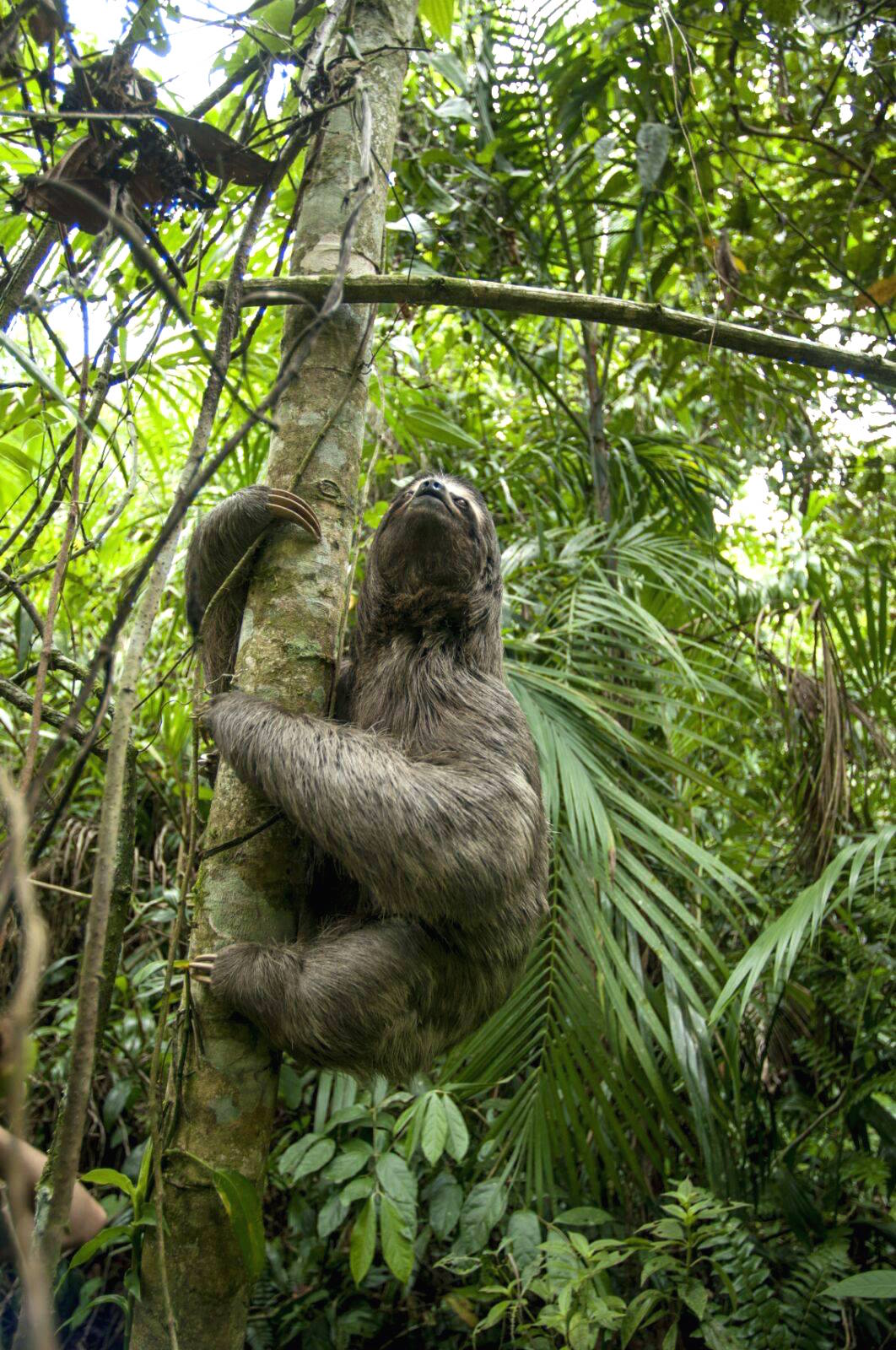
Still, many more sloths remain in a critically endangered state.
Aside from deforestation, they face many alarming threats.
Because they move so slowly, they can become an easy target for jaguars, eagles, and even hunters who prey on them for their meat.
And, when kept in captivity, sloths often are most in danger, because of the drastic changes in diet.
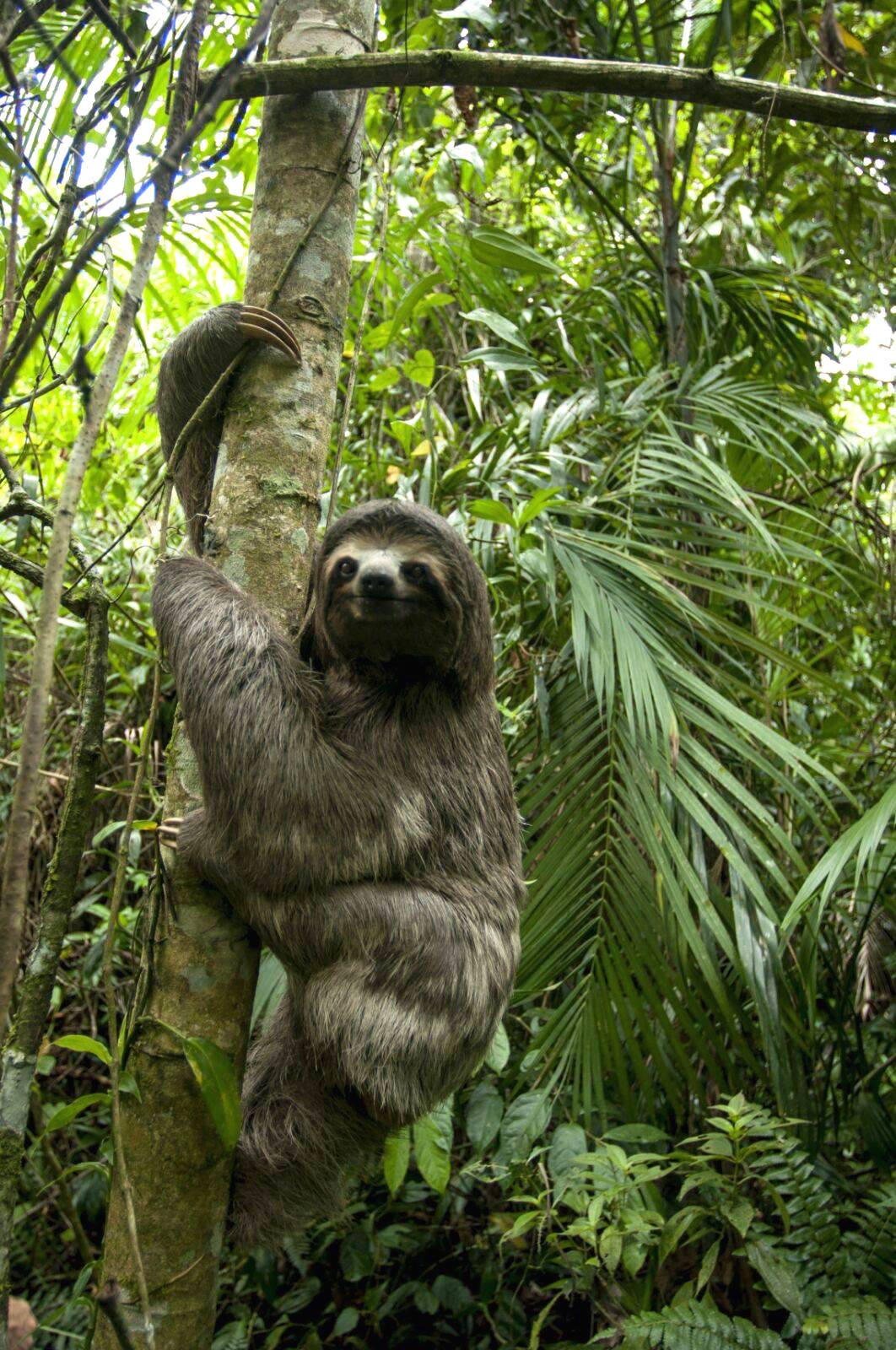
Luckily, there are many nonprofit organizations, charities, and wildlife sanctuaries that are striving to protect these sloths from further harm.
We can only hope to do our part to help them in their mission!
Please SHARE if you are praying for all endangered wild animals to be saved!




